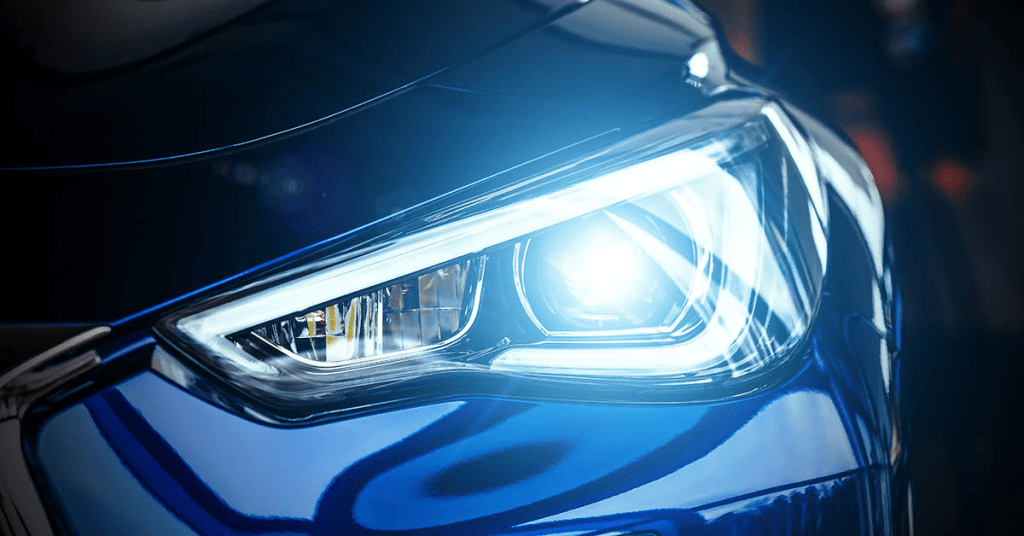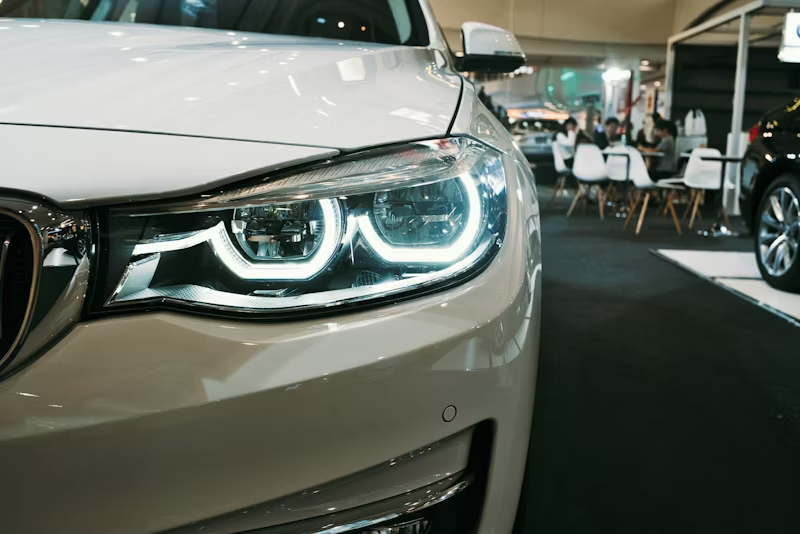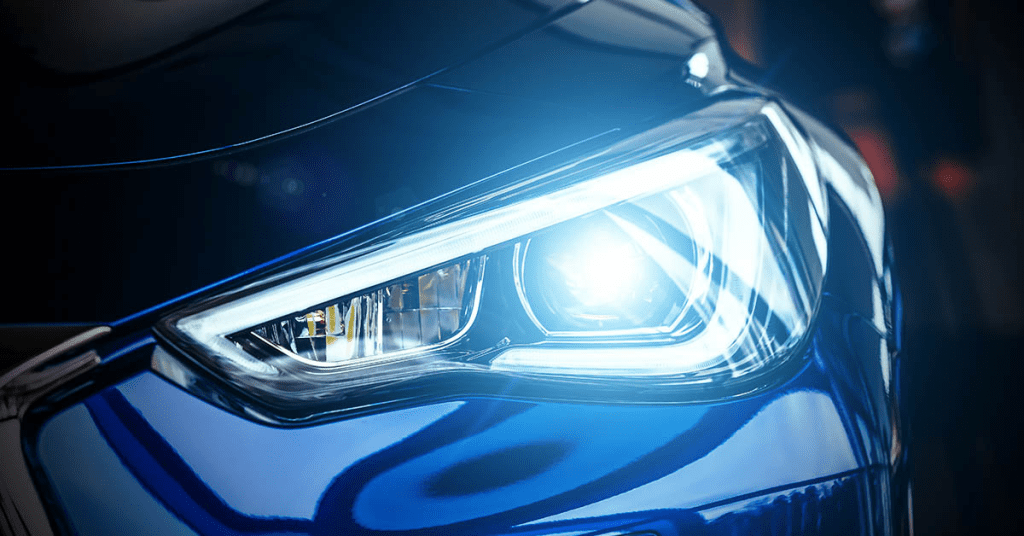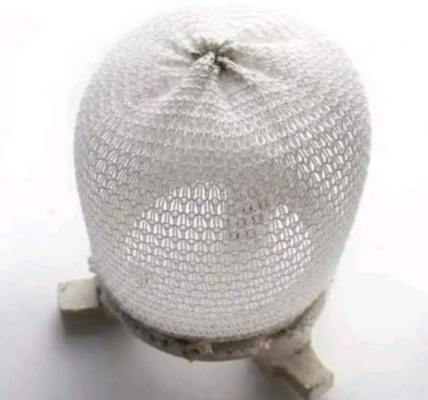In recent years, LED headlights have become a popular choice for vehicles, offering unmatched brightness, energy efficiency, and longevity. They’ve revolutionized nighttime driving by improving visibility, but not everyone is thrilled. A growing number of drivers are raising concerns about their brightness, claiming these lights are more blinding than beneficial. Are LED headlights a step forward in automotive innovation, or are they a safety hazard? Let’s explore the issue in detail.
The Growing Backlash Against LED Headlights

It’s not just your imagination—complaints about LED headlights being too bright are widespread. A survey conducted by the RAC in the UK revealed that 89% of drivers believe LED headlights are excessively bright, and 85% feel that glare from these lights has worsened over time. Similar concerns echo across the U.S., where testing has shown that some LED headlights exceed regulatory glare limits.
This frustration isn’t merely anecdotal. Experts and researchers are increasingly studying the issue, revealing significant safety implications that go beyond minor discomfort.
Why Are LED Headlights So Bright?
LED headlights owe their brightness to cutting-edge technology that maximizes efficiency and performance. But this same innovation can cause problems for other drivers. Here’s why LED headlights stand out—sometimes too much:
1. Concentrated Light Beams
LEDs produce highly focused beams of light, which provide excellent illumination for the driver but often cause intense glare for oncoming traffic.
2. Cool White Light
Unlike traditional halogen bulbs that emit a softer, yellowish glow, LEDs often produce a cool, bluish light. While this improves visibility for the driver, it can feel harsh and overwhelming to others on the road.
3. Height and Misalignment
The problem becomes worse with SUVs and trucks, where headlights are mounted higher. Misaligned lights can shine directly into the eyes of oncoming drivers, intensifying the glare.
Mark Rea of the Light and Health Research Center points out that about 20% of vehicles are responsible for most of the glare issues, largely due to improper headlight alignment.
The Risks of Overly Bright Headlights
What might seem like a minor annoyance can quickly escalate into serious safety concerns. Excessively bright headlights pose several risks:
1. Temporary Blindness
When oncoming LED headlights hit your eyes, they can cause momentary blindness, leaving drivers unable to react quickly in critical situations. On dark, winding roads, this can be particularly dangerous.
2. Eye Strain and Fatigue
Prolonged exposure to intense glare causes discomfort, eye strain, and headaches, making nighttime driving exhausting.
3. Reduced Speed and Reaction Time
Many drivers slow down to cope with the glare, disrupting traffic flow and potentially leading to accidents.
Misaligned Headlights: The Overlooked Culprit

While brightness gets most of the blame, experts suggest that headlight misalignment is a bigger issue. When headlights aren’t properly aimed, they don’t illuminate the road as intended, instead shining directly into the eyes of other drivers.
How Misalignment Happens
- Improper installation after a bulb replacement.
- Wear and tear over time.
- Poor vehicle maintenance practices.
Simple misalignment can make even the most advanced headlights a hazard. Adaptive headlights, which adjust beam direction automatically based on driving conditions, could help address this issue, but they remain uncommon in most vehicles.
The Push for Stricter Regulations

The growing backlash against LED headlights has prompted calls for tighter regulations. In the U.S., the National Highway Traffic Safety Administration (NHTSA) has received petitions urging it to reassess the allowable brightness levels for headlights.
Mark Baker, president of the Soft Lights Foundation, has been vocal about the issue, stating that current standards fail to address real-world safety concerns. “Everyone is mystified by why they are being blinded,” Baker says, emphasizing the urgent need for updated rules.
Meanwhile, in the UK, 64% of drivers believe LED headlights are bright enough to cause accidents, sparking debates over whether global regulations should be implemented to protect all road users.
A Worldwide Concern

Complaints about LED headlights aren’t limited to North America and Europe—they’re a global phenomenon. Drivers from Asia to Australia report similar frustrations, indicating a universal issue that transcends regional standards.
Dr. Lance Uradomo, a safety advocate, highlights how younger and inexperienced drivers are particularly vulnerable. “Glare from LED headlights creates additional challenges for those still building their driving confidence,” he explains. The issue isn’t just about discomfort—it’s about preventing accidents and ensuring safety for all.
Can Technology Provide a Solution?
Fortunately, advancements in lighting technology offer hope for mitigating the problems associated with LED headlights. Here’s what could make a difference:
1. Adaptive Lighting Systems
These systems adjust the intensity and direction of headlights dynamically, reducing glare for other drivers. High-end cars already feature adaptive headlights, but wider adoption is needed to make this a universal solution.
2. Regular Headlight Alignment
Encouraging drivers to have their headlights checked and aligned during routine maintenance could significantly reduce glare. Simple adjustments often go a long way.
3. Updated Regulatory Standards
Stricter rules governing headlight brightness and beam patterns could help ensure safety without sacrificing visibility. Collaboration between automakers, regulators, and safety advocates will be key.
Tips for Drivers Coping with Bright Headlights

Until broader solutions are implemented, here’s how you can manage the discomfort caused by overly bright headlights:
- Keep Your Windshield Clean: Dust and smudges amplify glare.
- Use Anti-Glare Glasses: Specialized glasses designed for night driving can reduce eye strain.
- Adjust Rearview Mirrors: Flip your rearview mirror to its night mode to minimize glare from trailing vehicles.
- Focus Away from Oncoming Lights: Direct your gaze toward the right side of the road instead of staring at approaching headlights.
Conclusion: Balancing Innovation and Safety
LED headlights are undeniably a marvel of modern technology, offering superior illumination and energy efficiency. However, their unintended consequences—excessive brightness, glare, and misalignment—cannot be ignored.
As drivers, manufacturers, and regulators work toward solutions, simple steps like headlight alignment and the adoption of adaptive lighting systems could significantly improve road safety. Until then, defensive driving and glare-reducing strategies remain essential for navigating the challenges posed by these ultra-bright lights.
Bright headlights may light the way forward, but it’s crucial to ensure they don’t blind those coming the other way. Together, we can find the balance between innovation and safety for a brighter, safer future on the road.



